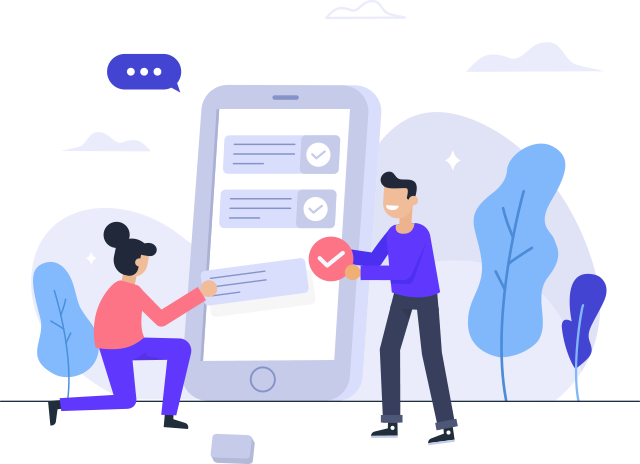
If you’re interested in developing custom IoT (Internet of Things) Android applications, you’re likely looking to create software that connects Android devices with IoT devices or systems, allowing users to control and monitor them remotely. Here’s DreamzIoT providing custom IoT Android development services. Providing custom IoT Android development services requires expertise in Android app development, IoT technologies, and software engineering principles. It’s essential to collaborate closely with clients throughout the development process to deliver a solution that meets their specific needs and requirements:
Understanding Client Requirements: Start by gathering detailed requirements from your clients. Understand what type of IoT devices they want to connect with, what functionalities they need, and any specific features they require.
Prototyping and Design: Create a prototype or wireframe of the Android application based on the requirements gathered. Design the user interface (UI) and user experience (UX) to be intuitive and easy to use.
Technology Selection: Choose the appropriate technologies and frameworks for developing the Android app and integrating it with IoT devices. This might include communication protocols like MQTT, CoAP, or HTTP, as well as IoT platforms like AWS IoT, Google Cloud IoT, or Azure IoT.
Development: Develop the Android application according to the agreed-upon requirements and design. Ensure that the app is secure, scalable, and optimized for performance.
Integration with IoT Devices: Implement the necessary communication protocols and APIs to connect the Android app with the IoT devices. This may involve working with hardware components, sensors, actuators, and other IoT peripherals.
Testing: Thoroughly test the Android app to identify and fix any bugs or issues. Test the app’s compatibility with different Android devices and versions, as well as its reliability in different network conditions.
Deployment: Deploy the Android app to the Google Play Store or distribute it directly to the client’s devices, depending on their requirements.
Maintenance and Support: Provide ongoing maintenance and support services to ensure the app remains functional and up-to-date. This may involve fixing bugs, adding new features, or updating the app for compatibility with newer Android versions or IoT device firmware updates.
Documentation and Training: Prepare documentation for the Android app, including user manuals and developer guides. Provide training to the client’s team if necessary to ensure they can effectively use and maintain the app.
Compliance and Security: Ensure that the Android app complies with relevant regulations and standards, especially regarding data privacy and security. Implement encryption, authentication, and other security measures to protect user data and IoT communications.
Scalability and Flexibility: Design the Android app to be scalable and flexible, allowing for easy integration with additional IoT devices or expansion of functionality in the future.





